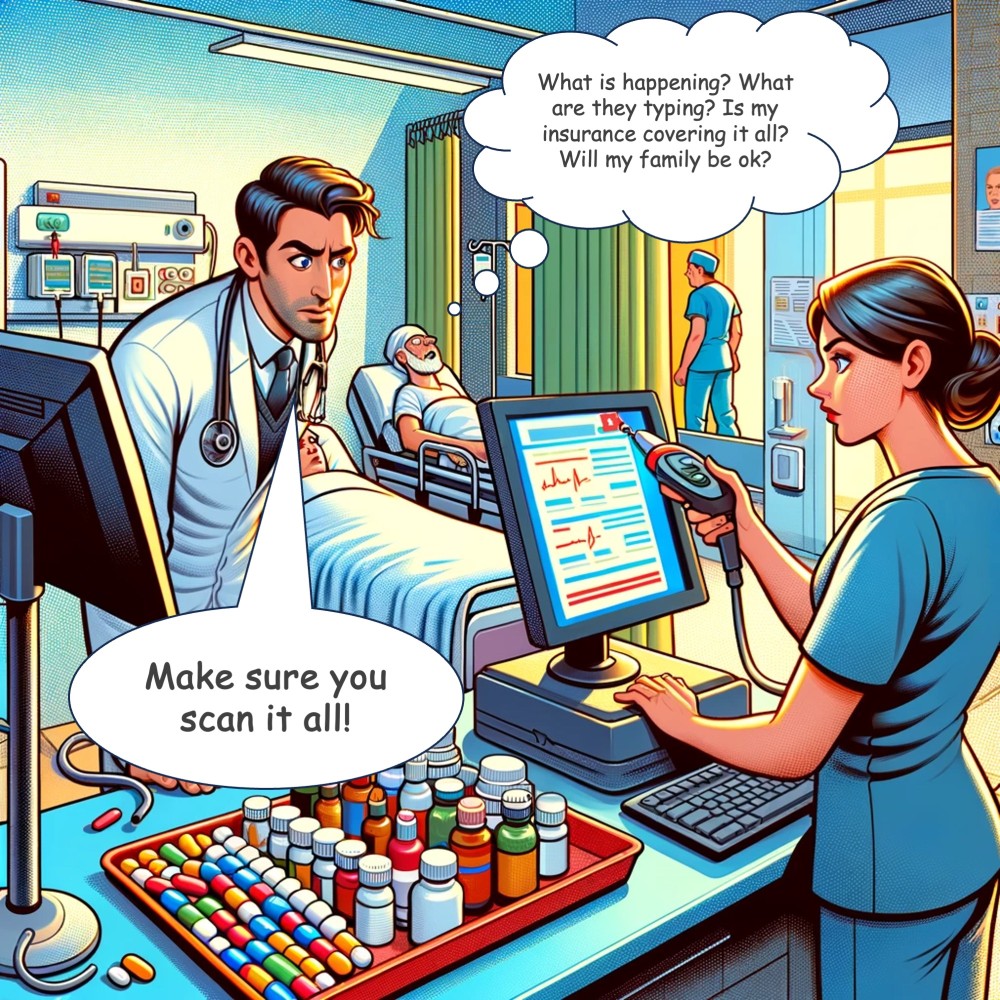Will unionization among healthcare professionals improve clinical outcome?
Will unionization among healthcare professionals improve clinical outcome?
Jan De Backer, Phd, MBA
A recent New York Times article paints a vivid picture of a brewing revolt within the healthcare ranks. This isn’t just a story about labor rights; it’s a reflection of deep-seated issues in the medical industry.
For decades, physicians have been leaving the autonomy of private practice for the apparent stability of large hospital systems. The bait? A promised land of better working conditions, where caring for patients takes precedent over the drudgery of administrative tasks. Yet, this dream has been steadily eroded by a harsh reality.
The advent of electronic Health Records (eHR) was touted as a liberator, supposedly freeing healthcare professionals from administrative burdens and allowing them to devote more time to patients. However, the implementation of eHR systems, according to many healthcare professionals, has been close to a betrayal. These systems have devolved into tools for billing optimization, losing sight of their intended purpose – enhancing clinical outcomes. The image of healthcare professionals, eyes glued to screens, obsessing over billing details rather than patient care, has become all too common.
Then came COVID-19, a catalyst that intensified existing problems. The pandemic led to an unprecedented spike in healthcare demands and exacerbated burnout and turnover among medical staff. This chaotic backdrop has fueled the desire among healthcare professionals to take back control.

The electronic Health Records (eHR) were supposed to help healthcare professionals lower the administrative burden to refocus their attention on the patient. However, all too often eHRs are used to optimize billing rather than clinical outcome.
Recently we have seen a wave of successful union actions across various sectors, from automotive to entertainment. This momentum has emboldened healthcare workers who are advancing their chess pieces to outmaneuver the opposition in a quest for better labor conditions.
But, is unionizing the golden key to unlocking all problems? In the complex ecosystem of healthcare, where patient outcomes should be the north star, the answer isn’t straightforward. Today, especially in the U.S., patients often receive mediocre care at exorbitant costs. The culprits? Misaligned financial incentives, compartmentalized operations, and an underwhelming use of technology in clinical decision-making.
I argue that the future of healthcare lies in embracing technology. The shift must be from reliance on individual decision-making, hampered by limited information, to a data and technology-driven approach. This approach should empower healthcare professionals, not just serve administrative ends.
The relationship between unionization and innovation is ambiguous. While some studies, like Daniel Bradley’s in Management Science, suggest that unionization dampens innovation, others, such as Goretti Cabaleiro’s research in the Journal of Technology Management & Innovation, show neutral or positive effects. However, history is clear: disruptive innovation often springs from non-unionized settings – think Google, Facebook, Tesla.
Unionization may enhance working conditions for healthcare professionals and, by extension, potentially improve patient care. But, it’s unlikely to be the catalyst for the disruptive innovation desperately needed in healthcare. To achieve that, we must look beyond the current system, embracing technological advancements and innovative thinking. The path forward for healthcare is not just about restructuring labor relations; it’s about fundamentally reimagining how technology and care intersect to create a system truly centered on the patient.

